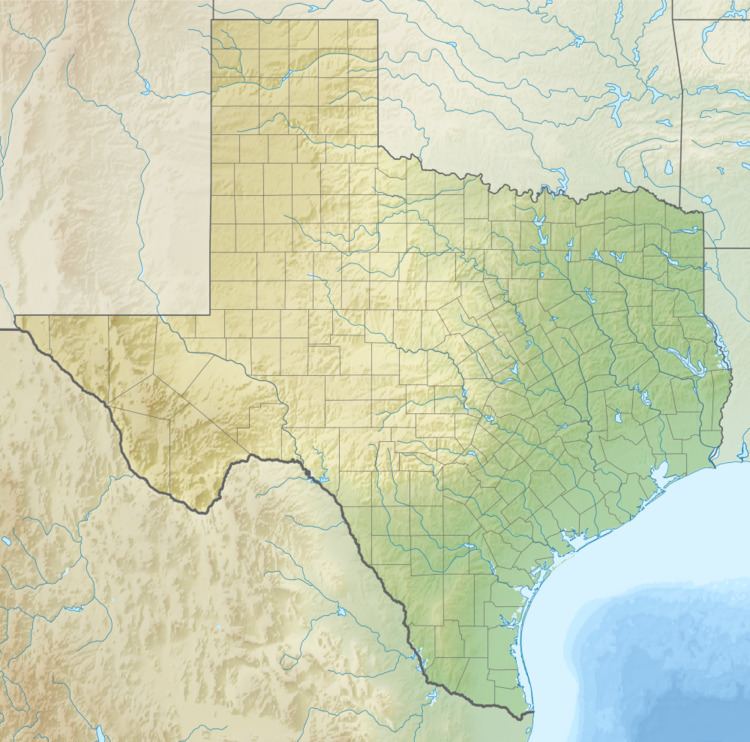Country United States Construction began 1974 | Status Operational Phone +1 254-897-8500 | |
 | ||
Commission date Unit 1: April 17, 1990Unit 2: April 6, 1993 Reactor type pressurized water reactor Similar South Texas Nuclear, Calvert Cliffs Nuclear P, Catawba Nuclear Station, North Anna Nuclear Generatin, Prairie Island Nuclear P | ||
Inside a comanche peak nuclear power plant refueling outage
Comanche Peak Nuclear Power Plant is located in Somervell County, Texas. The nuclear power plant is located 40 miles (65 km) southwest of Ft. Worth and about 60 miles (100 km) southwest of Dallas. It relies on nearby Squaw Creek Reservoir for cooling water. The plant has about 1,300 employees and is operated by Luminant Generation, a subsidiary of Vistra Energy.
Contents
- Inside a comanche peak nuclear power plant refueling outage
- Surrounding populationEdit
- Proposed units 3 and 4Edit
- Seismic riskEdit
- Reactor dataEdit
- References
Construction of the two Westinghouse pressurized water reactors began in 1974. Unit 1, originally rated at 1,084 MWe, came online on April 17, 1990. Its current, 40-year operating license is valid until February 8, 2030. Unit 2, 1,124 MWe, followed on April 6, 1993 and is licensed to operate until February 2, 2033 when it has to renew its license. As of 2006 Unit 2 was the second-last power reactor to come online in the USA, followed only by Watts Bar 1.
In June 2008, the U.S. Nuclear Regulatory Commission (NRC) approved a request to increase the generating capacity of units 1 and 2 by approximately 4.5% each. Luminant Generation Co. implemented the changes during refueling outages. Unit 1 was uprated in autumn 2008 with a capacity increase of approximately 1,210 to 1,259 MWe and Unit 2, the capacity of which rose from an estimated 1,208 to 1,245 MWe, was uprated in autumn 2009.
Surrounding populationEdit
The Nuclear Regulatory Commission defines two emergency planning zones around nuclear power plants: a plume exposure pathway zone with a radius of 10 miles (16 km), concerned primarily with exposure to, and inhalation of, airborne radioactive contamination, and an ingestion pathway zone of about 50 miles (80 km), concerned primarily with ingestion of food and liquid contaminated by radioactivity.
The 2010 U.S. population within 10 miles (16 km) of Comanche Peak was 30,653, an increase of 44.1 percent in a decade, according to an analysis of U.S. Census data for msnbc.com. The 2010 U.S. population within 50 miles (80 km) was 1,755,528, an increase of 22.9 percent since 2000. Cities within 50 miles include Fort Worth (41 miles to city center).
Proposed units 3 and 4Edit
On September 19, 2008, Luminant filed an application with the NRC for a Combined Construction and Operating License (COL) for two new reactors. The reactor design selected is the US version of the 1,700 MWe Advanced Pressurized Water Reactor (US-APWR), developed by Mitsubishi Heavy Industries (MHI). The project is a joint venture, with Luminant owning 88 percent and 12 percent owned by MHI. Luminant did not release an estimate of the project's cost, but CEO David Campbell said Luminant would try to build its new reactors at the low end of current industry estimates, which he said range from $2,500 to $6,000 a kilowatt — $8.5 billion to $20.4 billion for a 3,400 MW plant.
Some environmental and anti-nuclear organizations and individuals oppose the plant expansion, citing environmental, public safety and cost concerns. These include the Sustainable Energy and Economic Development Coalition, Public Citizen and state Rep. Lon Burnam.
Currently as of November 2013, expansion has been suspended due to factors of a natural gas boom dramatically lowering power prices in Texas and Mitsubishi Heavy Industries suspending development of their reactor design to focus on restarting their reactors in Japan. The Texas power generation company is not withdrawing its application to the NRC entirely, leaving open the possibility that it might eventually expand.
Seismic riskEdit
The Nuclear Regulatory Commission's estimate of the risk each year of an earthquake intense enough to cause core damage to the reactor at Comanche Peak was 1 in 250,000, according to an NRC study published in August 2010.
Reactor dataEdit
The Comanche Peak Nuclear Power Plant consists of two operational reactors, two additional units are planned.
